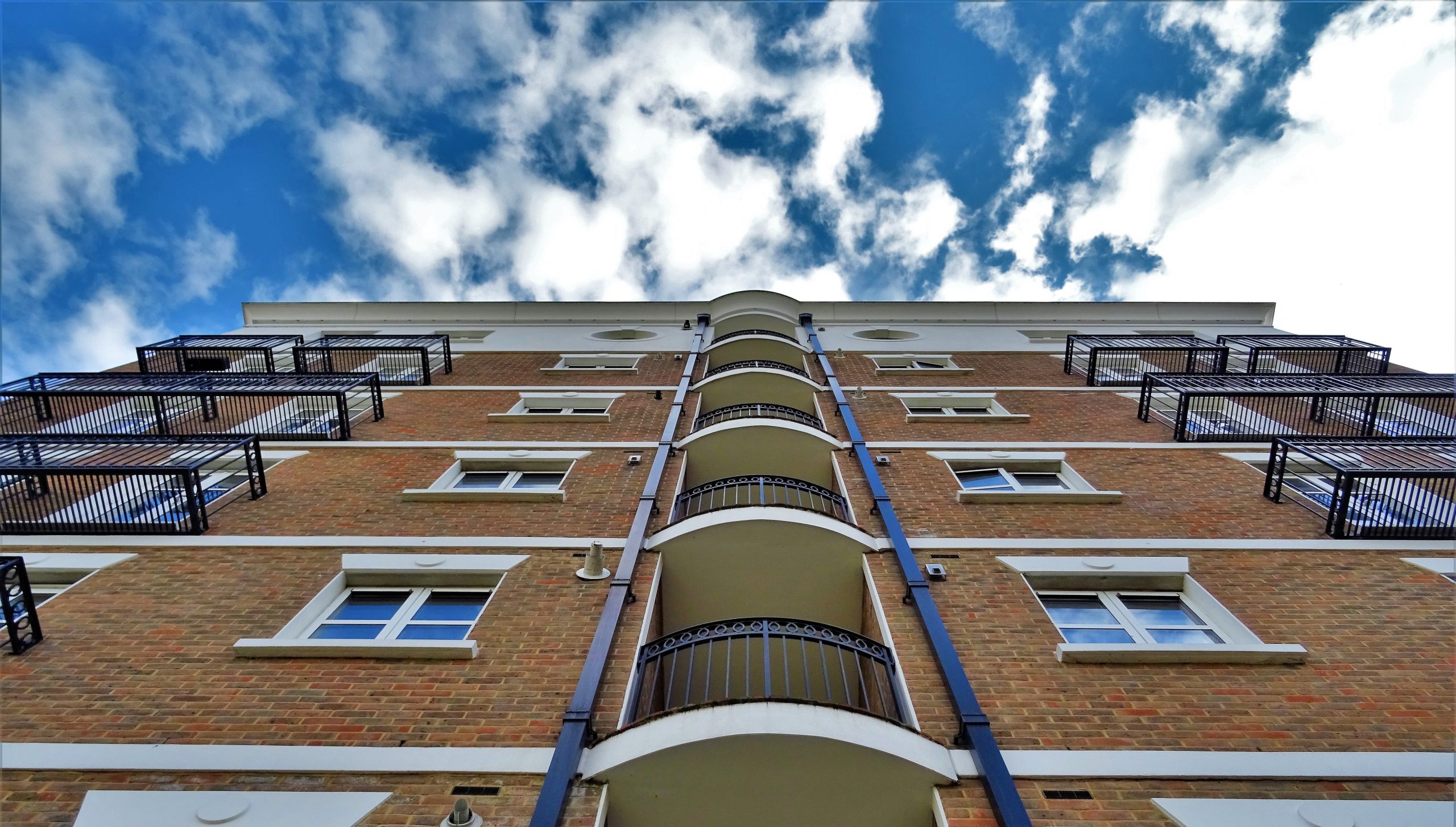
In the capital, the biggest increase in prices was again in the price level of panel flats.Continue reading

The real estate market of the metropolitan area of Budapest started the year with increasing transaction numbers, persistently strong demand, and further price increases, real estate brokerage group Duna House said in a statement.
The number of transactions in January and February this year already exceeded the number of contracts concluded in the same period last year by 36% in the settlements around Budapest. Based on Duna House data, 85% of the contracts in the conurbation’s real estate market were signed for home purchase purposes, and 15% for investment purposes.
The price increase is higher than in the capital city compared to 2024, but the average price per square meter is still more favorable in comparison.
On average, buyers in the settlements in question spend HUF 70 million (EUR 175,000) on property purchases.
Ferenc Máté, Deputy CEO of Duna House, said that the metropolitan area is popular among property buyers, but the level of buyer interest is much lower than the high level of out-migration experienced during the pandemic. Compared to the number of sales in the metropolitan area in 2020-2021, the number of property sales in the Budapest catchment area in 2023-2024 is 20% behind.
This year, the average price per square meter is close to double the price level in 2020, and now averages around HUF 720,000 (EUR 1,800) in the metropolitan area.
Compared to last year’s price level, the price increase in the Budapest metropolitan area averaged 10% in the first two months of this year, but even so, the price per square meter is still 28% lower than in the capital.
However, despite the favorable prices per square meter, there is no investor rush. Movers to larger properties account for a third of transactions, and a fifth of those signing a contract in the conurbation this year bought their first home.
KSH (Hungarian Central Statistical Office) data shows that over the past almost decade, 61% of metropolitan settlements have seen population growth of at least 10%, nearly a quarter of them over 20%, and a third under 10%. Délegyháza and Nagytarcsa recorded the highest population growth rates of over 60%.
A total of 31 municipalities were affected by a smaller population change of less than 10% or a decrease in the number of inhabitants. Most of them are located in the northwestern sector, which has been considered among the most expensive for years,
and in the southeastern sector, the second most sought-after last year that offered the lowest price per square meter.
In the northwestern sector, for instance, Pilisszentkereszt, Pilisvörösvár, and Pilisszentiván have seen their population increase by less than 5%, while in the southeastern sector, Maglód and Vecsés fall into this category.
Via MTI, Featured image: Pexels